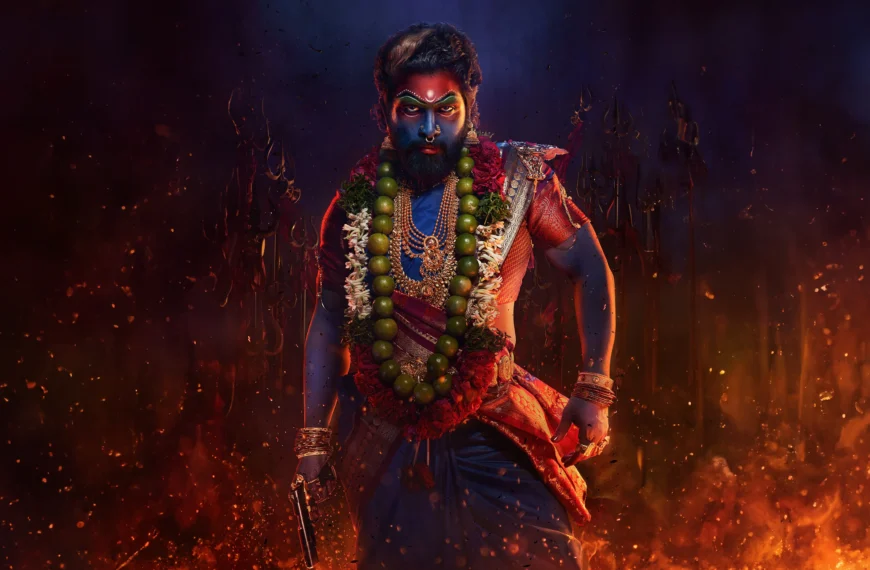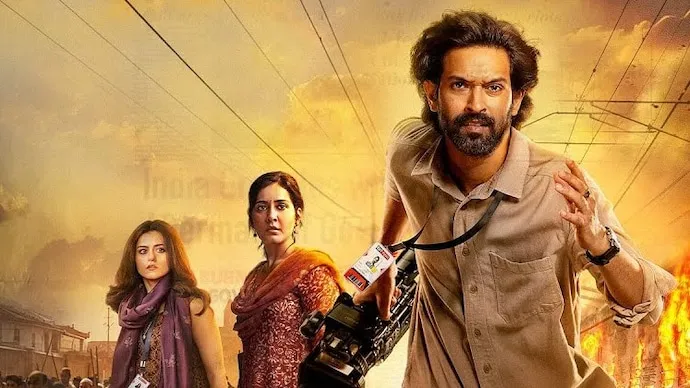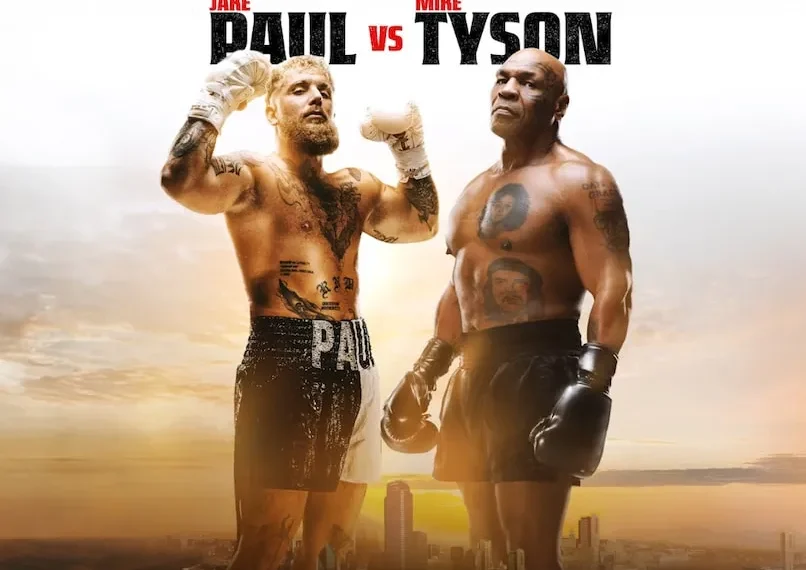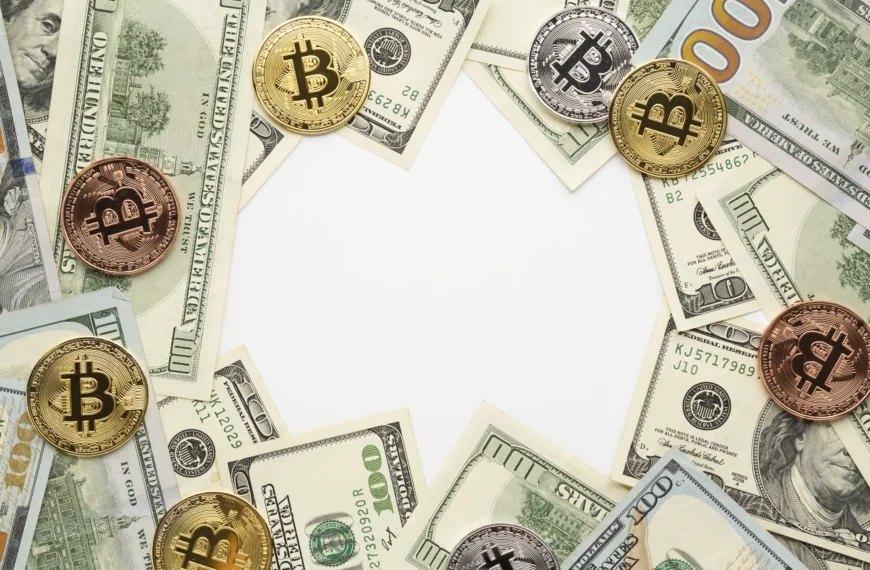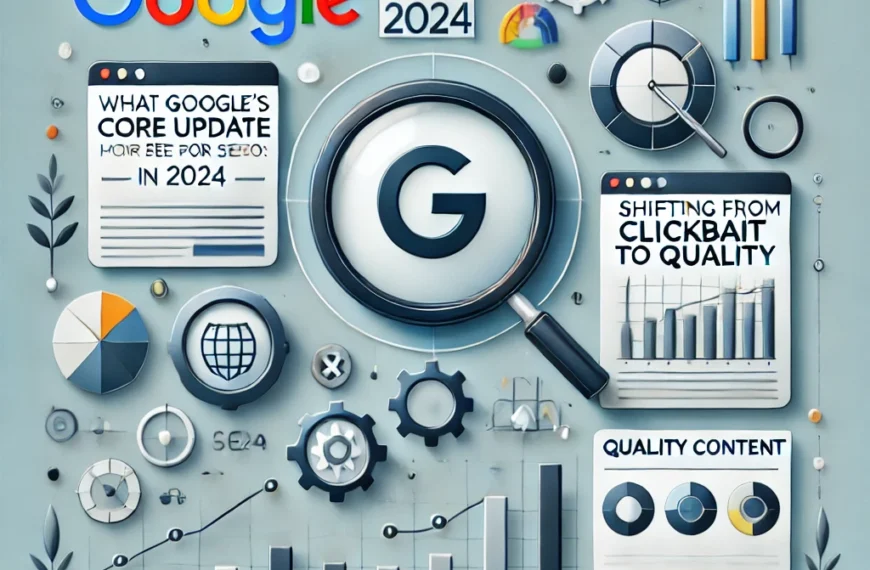In recent news, Australia has decided to give kids under 16 a “social media timeout.” With the growing concerns about mental health and screen addiction, this move might seem like a great way to protect the little ones from the dangers of the digital world. But wait—before we get too excited about saving future generations from a TikTok overload, let’s take a step back and ask, is this the solution we’ve been looking for? Or is it just a “quick fix” that might lead to bigger problems?
Let’s Check this!
Table of Contents
Why the Ban?
Australia’s government isn’t just randomly pulling the plug on social media access for kids. The goal here is to reduce exposure to the mental health risks that come with too much screen time. Studies have shown that excessive use of platforms like Instagram, Facebook, and TikTok can increase anxiety, depression, and poor self-esteem, especially among teens. Plus, there’s the whole “addiction” thing—kids get hooked, and before you know it, they’re scrolling through cat videos at 3 a.m. (It’s a real problem, trust us).
On top of that, privacy issues are a major concern. Kids aren’t exactly known for being cautious with their data, and who can blame them? When you’re 14, privacy doesn’t sound as exciting as uploading your latest dance move.
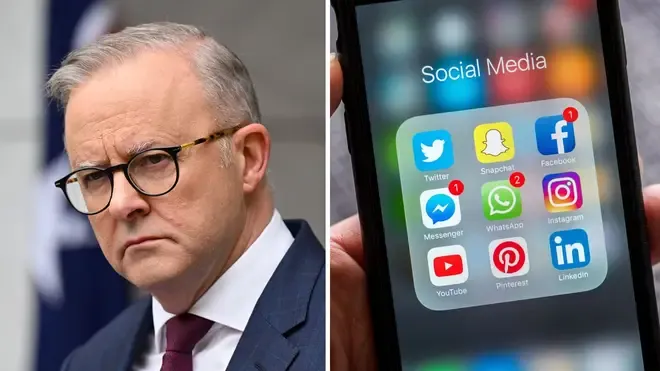
But here’s something that’s been floating around lately—and it’s actually kind of smart. Over 90% of rural kids aged 14-18 already have their smartphones. And wherever you go, parents are handing out phones like candy just to keep their kids entertained. It’s almost like the digital version of a pacifier.
Now, social media is a place where trends go viral overnight—kids see the latest fashion, gadgets, or even just the next viral dance, and suddenly, they want it. Not because they need it, but because it’s what everyone else has. And here’s the kicker—it’s training them to spend impulsively from a young age.
So, whether it’s intentional or not, the influence of social media on spending habits is real. Less exposure to trends means less pressure to buy stuff just to fit in. And let’s be honest—who wouldn’t want healthier minds, better money habits, and maybe even a better generation in the long run?
The Pros of the Ban: Keeping Kids Safe (Sort of)
So, what’s the upside here? First off, this ban could help protect kids from harmful content like cyberbullying, body image issues, and unrealistic beauty standards. We all know that the internet can be a pretty toxic place, and without the right guidance, kids can quickly find themselves caught in the negativity vortex. A break from social media could provide much-needed mental space and reduce stress for the younger generation.
Additionally, fewer hours spent online could lead to more time for real-life activities—whether it’s reading a book, going outside to play, or learning how to ride a bike without getting distracted by endless memes.
The Cons of the Ban: Cutting Off a Lifeline (Sort of)
Now, let’s play devil’s advocate for a second. While the idea of protecting kids from the dark corners of the internet sounds nice, the ban could end up being a little too “big brother.” Kids use social media for more than just memes and selfies. It’s where they get their news, connect with friends, and even explore creative hobbies (TikTok challenges, anyone?). Limiting access could cut off these opportunities for self-expression and learning.
And let’s not forget the social aspect—remember the days when you were a kid and your friends would talk about the latest viral trend, and you had no idea what they were talking about? It was painful. Social media is a place for kids to belong, and taking that away could lead to feelings of exclusion and frustration.
Alternatives to the Ban: More Control, Less Drama
Okay, so we’re not all in on the ban. But what’s the alternative? Well, instead of pulling the plug completely, there are other ways to ensure kids use social media safely without making them feel like they’ve been grounded.
One option is parental control. Yes, parents, it’s time to be a little more tech-savvy and monitor screen time. Tools like time limits, app filters, and activity reports can help strike a balance between fun and safety. The kids might not love it, but hey—when did parenting ever win a popularity contest?
Another approach could be digital literacy education. Teaching kids about online safety, privacy, and the importance of balancing their digital and offline lives could be the key to fostering a healthier relationship with social media. That way, they’ll still get to enjoy the internet but won’t end up glued to their phones for hours on end.
Conclusion: A Middle Ground Is the Key
While Australia’s social media ban for kids has good intentions, it may be a bit too drastic. Protecting kids from the potential harms of social media is important, but cutting them off completely might not be the answer. Instead, a balanced approach that includes parental guidance, digital education, and moderation might just be the way to go.
After all, it’s not about banning social media altogether—it’s about teaching kids how to use it responsibly. Because, let’s be real, if we can’t teach our kids to scroll responsibly, we’re in trouble when they’re adults, right?

